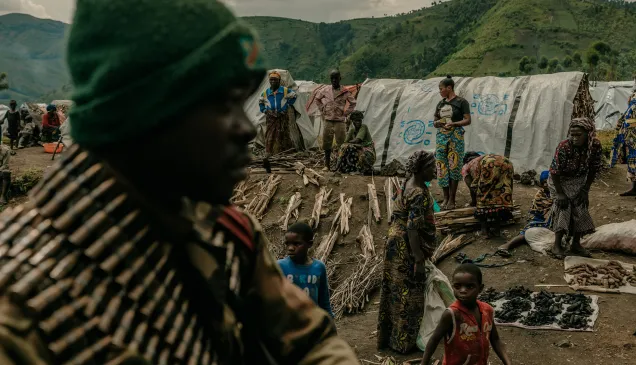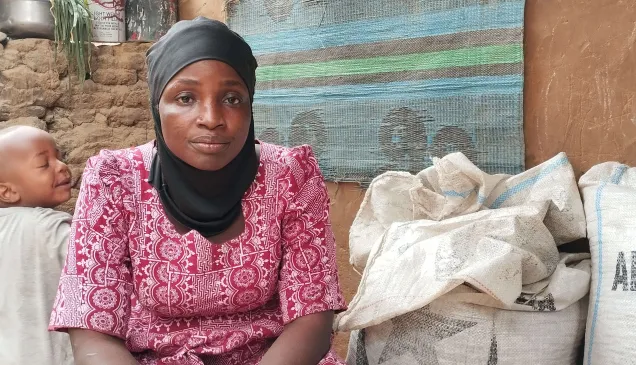Reality for IDPs is messy and complex: We must work together to understand and address their needs
Statement to UN General Assembly Third Committee, General discussion on refugees, returnees, and internally displaced persons
As delivered by Humanitarian Affairs Adviser, Ms. Allanah Kjellgren
Excellencies,
The ICRC welcomes this opportunity to reiterate the importance of working together to prevent forced displacement and to improve the lives of internally displaced people (IDP). Like others, we hope the creation of the high-level panel on IDPs will lead to tangible changes for displaced people.
Today ICRC will focus our statement on two points: 1) ways to strengthen the Kampala Convention to make a difference for IDPs and 2) the need to better capture the needs of conflict-affected communities – including IDPs – in climate discussions and decisions.
First, over the last year, in a bid to continue supporting the AU and its member States, ICRC took stock of progress in the implementation of the Kampala Convention. We found significant improvements since its adoption ten years ago. More States have become party to the Convention and many have adopted concrete legal, policy and practical measures to put it into practice. But more must be done to ensure that it realizes its full potential. Efforts must be stepped up at national, sub-regional and continental levels.
To make a substantial difference, we recommend States take three simple steps:
1) Promote the Convention and its obligations, and clearly communicate to all relevant public authorities, to IDPs and to host communities;
2) Ensure the participation of IDPs and host communities in decision-making processes; and
3) Appoint a designated coordinating authority with the necessary mandate and legitimacy to facilitate a comprehensive and coordinated response.
These conclusions are no surprise to anyone in this room. Now we must turn the obvious into reality for millions of people who need it.
Our second point relates to the impacts of climate risk on the people with whom we work.
People affected by armed conflict and violence are especially vulnerable to climate shocks, as conflict harms their capacity to cope. We see how displacement, climate risk and conflict all create pressure on services and infrastructure. The interplay of the three significantly challenges the capacity of institutions to meet the needs of populations. As such, the specific vulnerability of conflict-affected communities, including those internally displaced, needs to be captured in discussions on climate risk and disasters. In other words, discussions that often happen in parallel – on conflict or climate change – need to be more closely connected.
We recognize that we still need to better understand the intersection between climate risk, armed conflict and displacement – and need to keep in mind that in the absence of measures to support people's adaptation to a changing climate, displacement will often be the only way for people to survive. And further, we must better understand how climate shocks can exacerbate the vulnerability of individuals already displaced by conflict.
Reality is messy and complex, and we must capture this if we want to be able to provide adequate responses.
Thank you.



